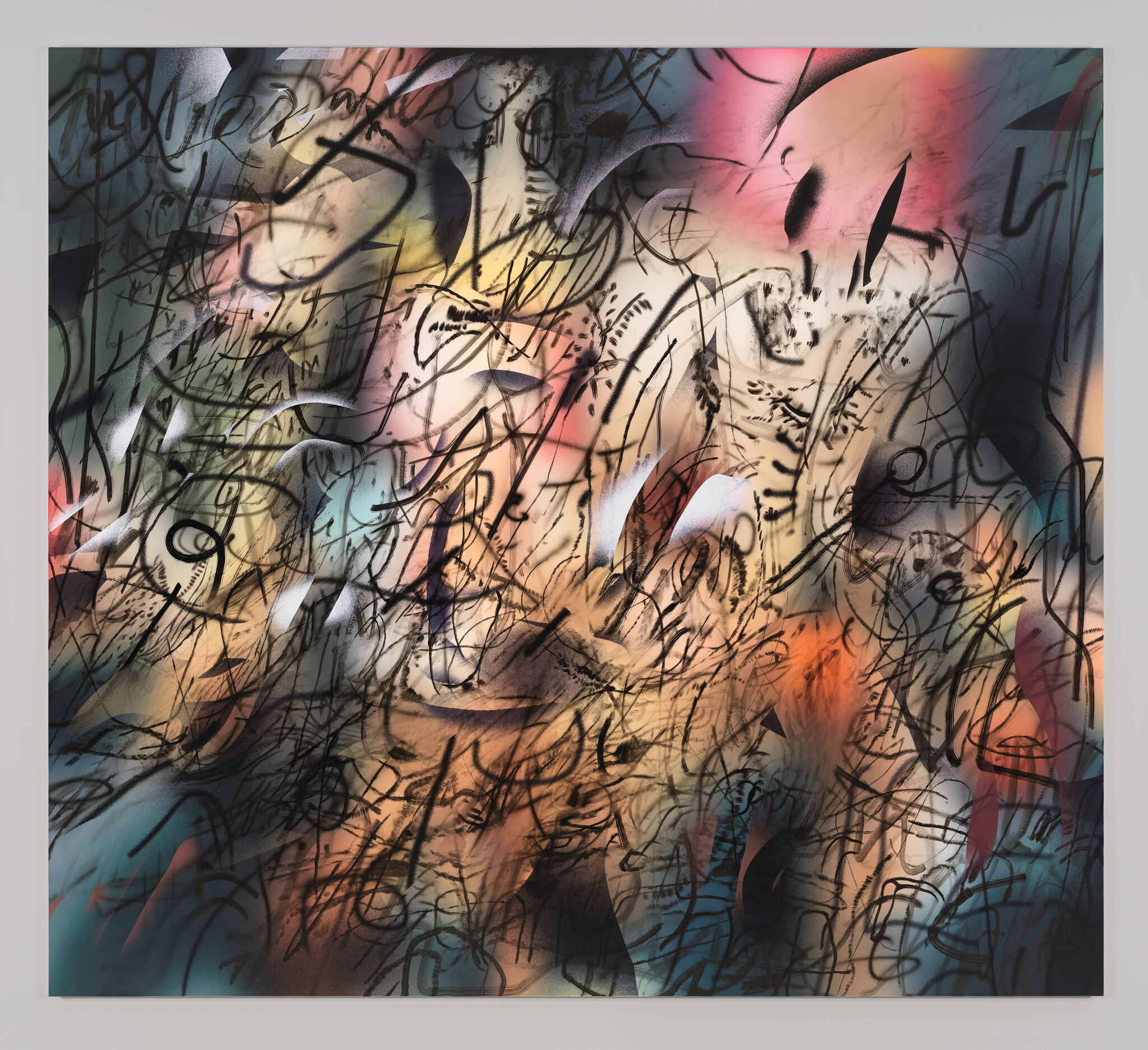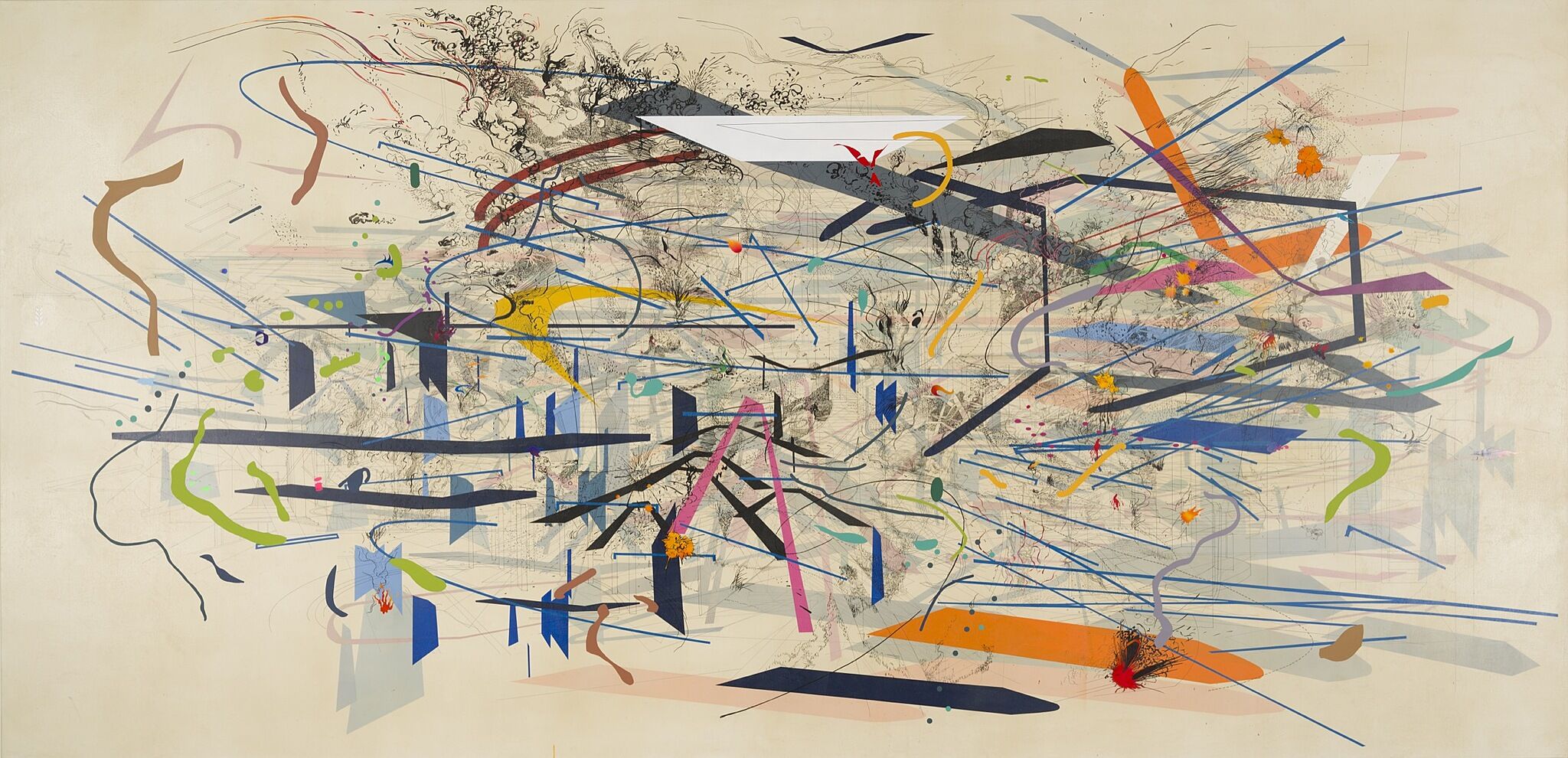Black City
Mar 18, 2021
0:00
Black City
0:00
Narrator: Just as Mehretu worked with the form of the stadium in Stadia II—which is on view nearby—here she used abstraction to explore the history of security infrastructure.
Julie Mehretu: I looked at early fortified cities, [and the] ways that these walls were built. There are aspects of Hitler's Atlantic Wall and bunkers that were built on the Normandy Coast [that are] in certain ways similar to bunkers you have here in the U.S. in Long Island, and also in California. Most of these structures are concrete and they're very solid, not ephemeral structures, and the way that they're all drawn here is in 3-D elevation where you can actually see through these and they become this much more ephemeral, kind of suggested structure.
The marks really become a lot more riotous, they become a lot more loose and gestural in the way that they're made. They're less glyphs and characters, and they're much more these ink marks and pen marks that are really in a more aggressive stance in a way, and have this suggestion of conflict in terms of how they're moving or migration or battle formation.
It's almost like the architectural language and the space that is provided by that is in conflict with the marks, and the marks are working to be the contagion in that space, and be the devourer and digest that space and transform it somehow, to disrupt it in a way; [they] are disobedient to the space.
In Julie Mehretu.


